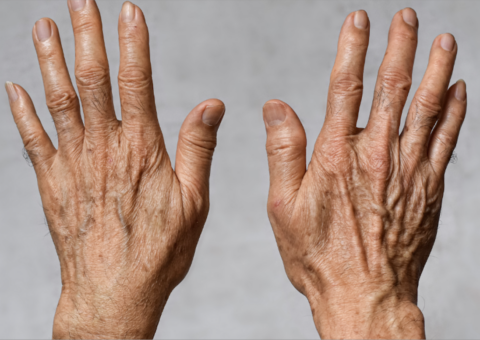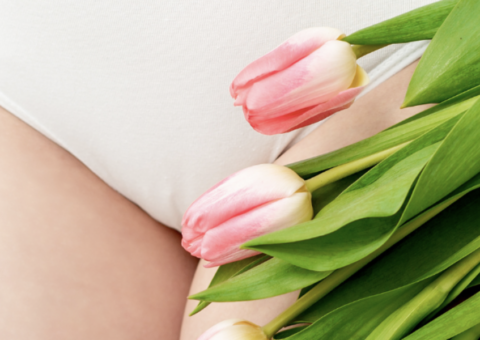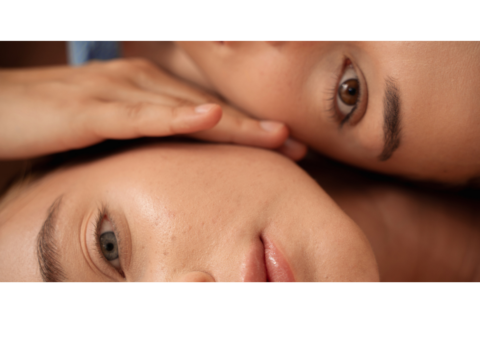
You’ve been suffering with allergies for months – coughing, sneezing, sinus congestion, an itchy nose, irritated skin, and watery eyes… you name it – and you’ve tried everything in the book, but nothing seems to help!
Well, how about taking a look in your shower? And next thing, you might just find yourself yelling:
![]() Help – there’s mold in my shower!
Help – there’s mold in my shower!
We often hear about mold, the sneaky organism, that loves to lurk in our home. What is mold? Where do they like to live? And, lastly, should I be concerned?!
![]() Let’s shine the microscope lens on it…
Let’s shine the microscope lens on it…
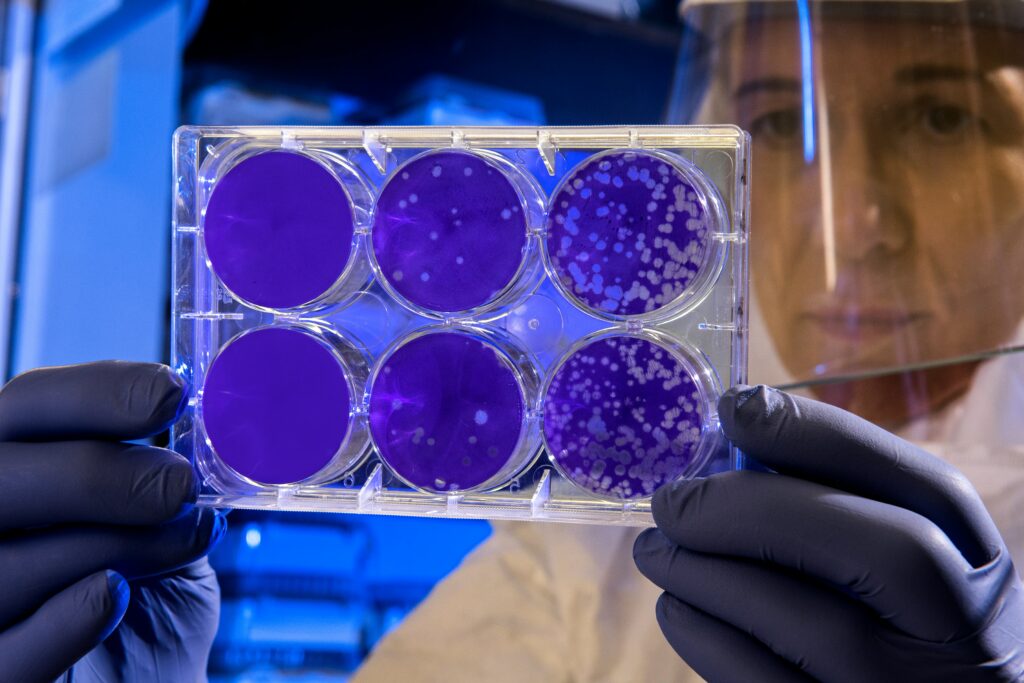
- Mold (a.k.a mildew) are neither plants nor animals – they form part of their own kingdom, called Fungi.
- They multiply by producing microscopic spores, similar to the seeds produced by plants, which float easily through the air. Just the gentlest of breezes can send thousands of spores across great distances!
- Spores begin to colonize in 3 to 12 days and usually become visible on about day 20.
- They’re best suited to dark, damp and undistributed environments – such as behind skirting, cupboards, wardrobes, ceiling cavities, the insides of walls, underneath floor panels, and of course…in your shower!
![]() So what’s the big deal?
So what’s the big deal?
Exposure to mildew – whether through breathing in spores, touching or even swallowing it (yes, mold can be found on foods too) – can cause allergic responses in the body. In the elderly or in those with weak immune systems, mold can inhabit the lungs, skin or nasal passages; causing sinusitis, multiple skin and digestive issues.
Mold toxicity is also a thing: there are about 16 mold species that are toxic to humans! These molds put out highly toxic chemicals, otherwise known as mycotoxins. Mycotoxins can cause bleeding, damage to internal organs, mental impairment, cancer and even death in very severe cases.
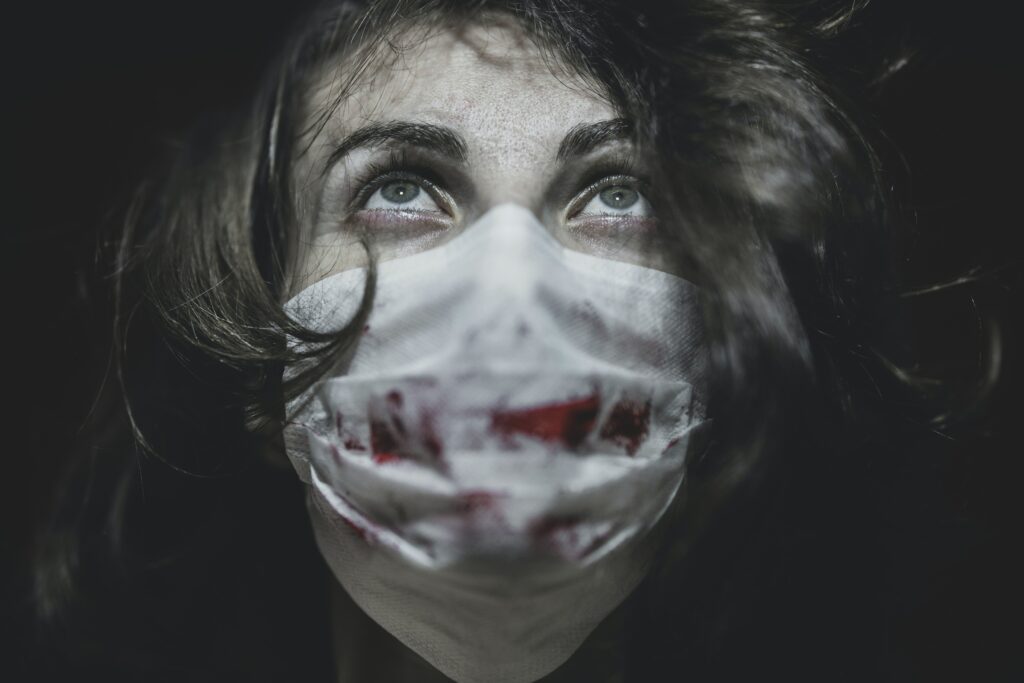
So, yes. Mold is a big deal.
![]() How do I reduce mold exposure?
How do I reduce mold exposure?
It’s simple – AVOID IT AS MUCH AS POSSIBLE:
- Get to know your home space: if you see mold, get rid of it! Although biocides – like bleach, vinegar, tea tree oil or borax – are recommended for cleaning mold, they are only 99.99% effective so ensure the following:
- Once having removed mold, continue to clean & vacuum the area as mold spores may still be lurking in the air.
- Keep moisture in your home as low as possible. Watch out for organic building materials like wood or drywall – these retain moisture, making them a perfect haven for mildew.
- And of course, avoid mold in foods (see our nutritionist’s tips below)
![]() How do I know whether mold is my issue?
How do I know whether mold is my issue?
- Evaluate your symptoms, according to ‘signs & symptoms’ table
- Test whether symptoms improve when away from a ‘moldy’ area
- See an integrative doctor:
At TASH360, you can receive a comprehensive, step-by-step treatment plan for mold-related illnesses. Our integrative approach supports you by:
- Ensuring that you receive the necessary testing to ascertain whether you’re sensitive to certain types of mold & to assess your mold ‘toxicity’ level (that is, the levels of mycotoxins in your urine)
- Teaching you how to minimise mold exposure through practical measures, and where necessary – with the help of recommended mold specialists
- Assisting your body to mobilise unwanted toxins, as well replenishing the body in order to prevent re-occurrence of symptoms
![]() Signs and symptoms to look out for:
Signs and symptoms to look out for:
| Symptoms of mold allergies | Symptoms of mold infections: |
| Cold or flu-like symptoms Coughing Sneezing Sore or itchy throat Blocked, itchy or runny nose Sinus congestion Sinus headaches Shortness of breath/ wheezing Itchy skin/ rash/ hives Watery, red, itchy eyes Itchy ears Hair loss Hay fever symptoms  | Fatigue Weakness/ Aches/ Muscle Cramps Unusual Pain/Ice Pick Pain Headache Light Sensitivity/ Red eyes/ Tearing Sinus Problems Cough/ Shortness of Breath Abdominal Pain/ Diarrhea Joint Pain/ Morning Stiffness Memory Issues/ Focus/ Concentration Issues Word Recollection Issues Confusion/ Disorientation Skin Sensitivity, Dermatitis Mood Swings/ Appetite Swings Sweats (especially night sweats) Temperature Regulation Problems Excessive Thirst/ Increased Urination Static Shocks/ Numbness/ Tingling Vertigo Metallic Taste/ Tremors |
![]() 5 tips from our Nutritionist, Steph
5 tips from our Nutritionist, Steph
1. Don’t be deceived
You’re only able to see mold on the surface of foods – as grey fur on meats, fuzzy green dots on bread, white dust on cheeses, or coin-sized velvety circles on fruits – but, what you don’t realise is that mold puts out ‘threads’ that invade deeply into the food. Poisonous substances are contained in & around these threads, causing toxins to spread throughout foods.
Bottom line: For the most part, if you see mold, DISCARD the food. Bye-Bye.
Exceptions include: Hard cheeses (e.g. gorgonzola or parmesan), firm fruits and veggies (e.g. cabbage, bell peppers, carrots etc.) – cut off 3 cm below & around the mold spot before use.
2. Cleanliness is key
Yes, although mold prefer warmer temperatures, they can thrive in your fridge, and on your cooking utensils & dishtowels too.
- Clean the inside of your fridge (every few months) with 1 Tbsp. of baking soda dissolved 1L of water. Rinse with clean water & dry.
- Keep dishtowels, towels & sponges clean – replace if starting to smell ‘musty’.
3. Store food safely
- Keep food covered when serving to prevent exposure to mold spores in the air.
- Empty contents of open cans into clean, glass storage containers; and refrigerate promptly.
- Don’t leave perishables out of the fridge for longer than 2 hours.
Use leftovers within 3 days so that mold doesn’t have a chance to grow.
4. Examine for exposure
Examine food well before purchasing: check food in glass jars, look at stem areas of fresh produce, and avoid bruised fruit.
5. Be conscious of common culprits
Dried fruits (e.g. dates, prunes, figs), fermented vegetables, canned juices, processed (pickled or smoked) meats, jarred jams & jellies, breads & foods made with yeast, mushrooms, dairy products, vinegar-containing foods, canned juices and leftovers!





